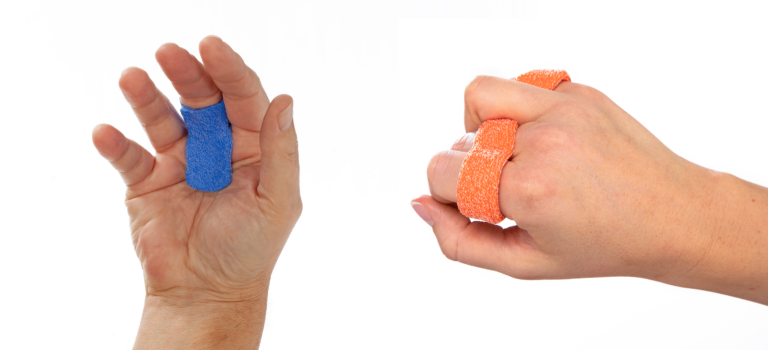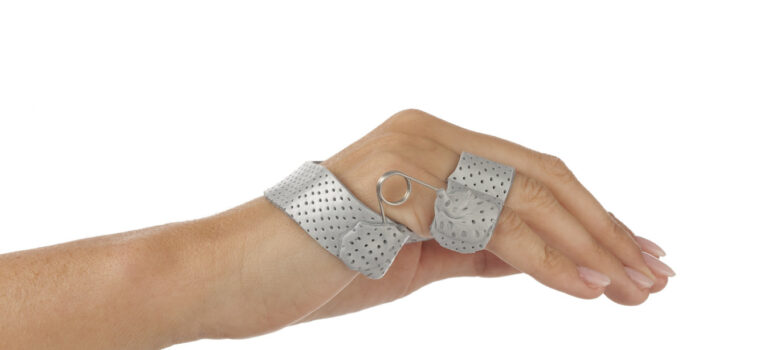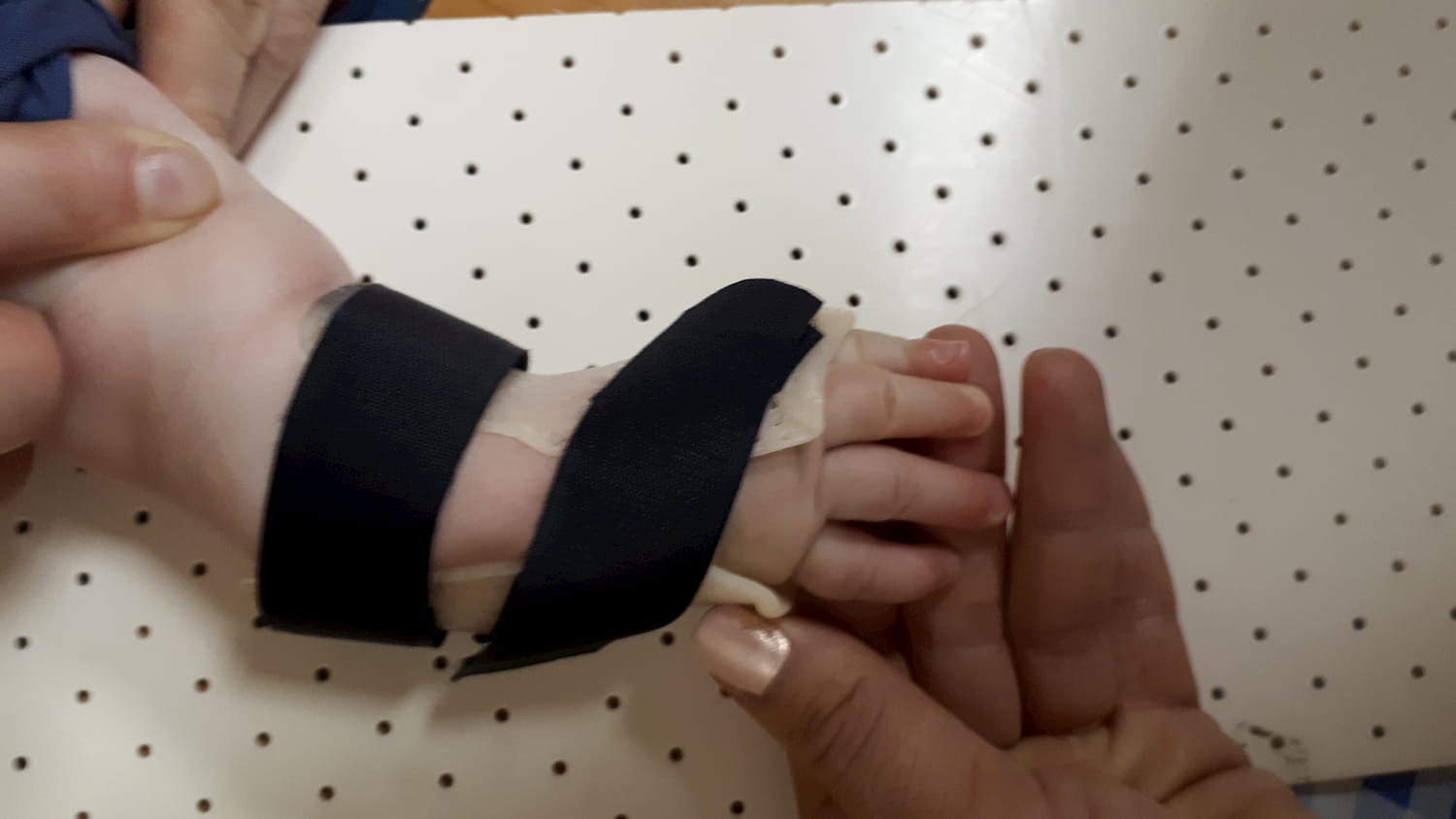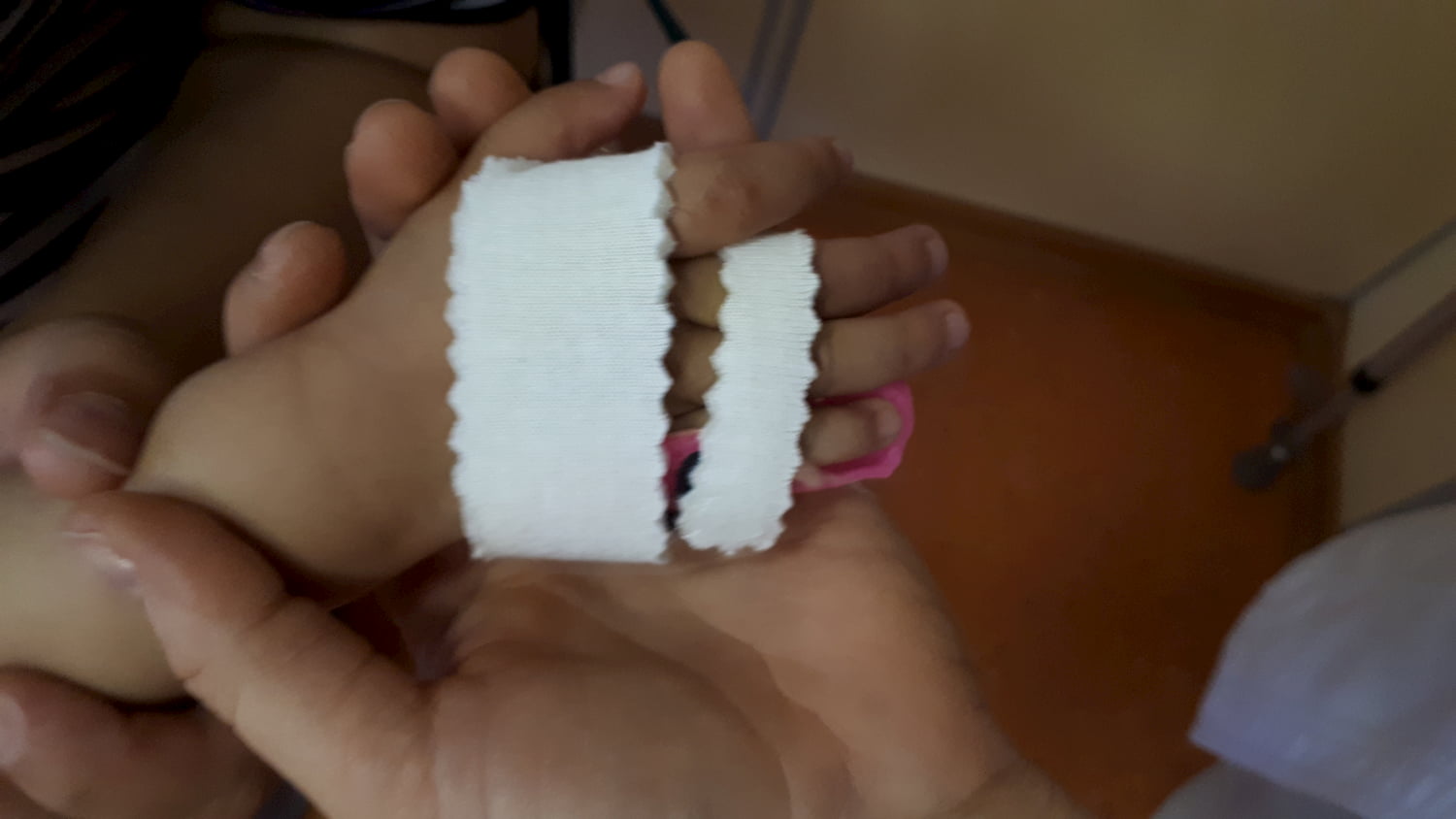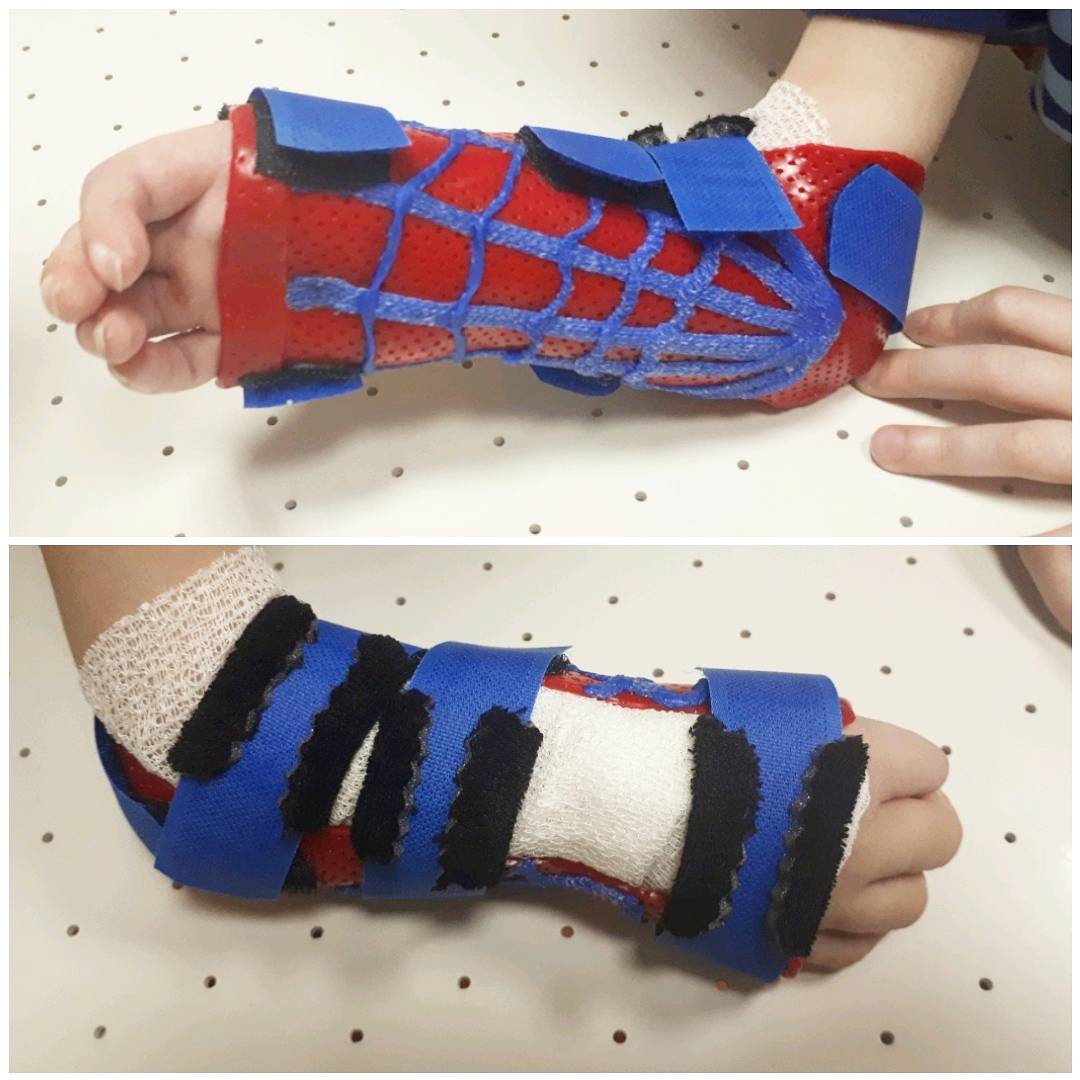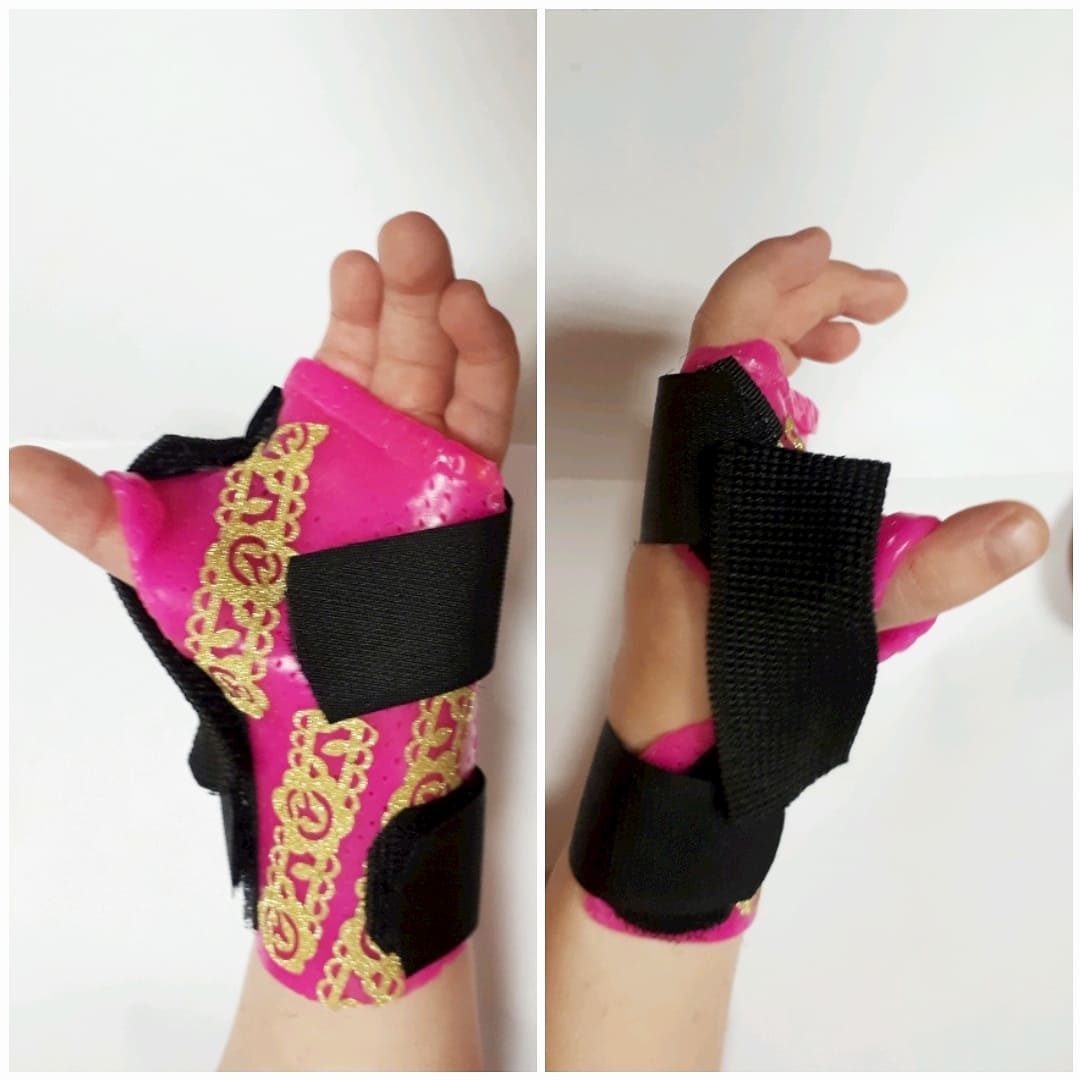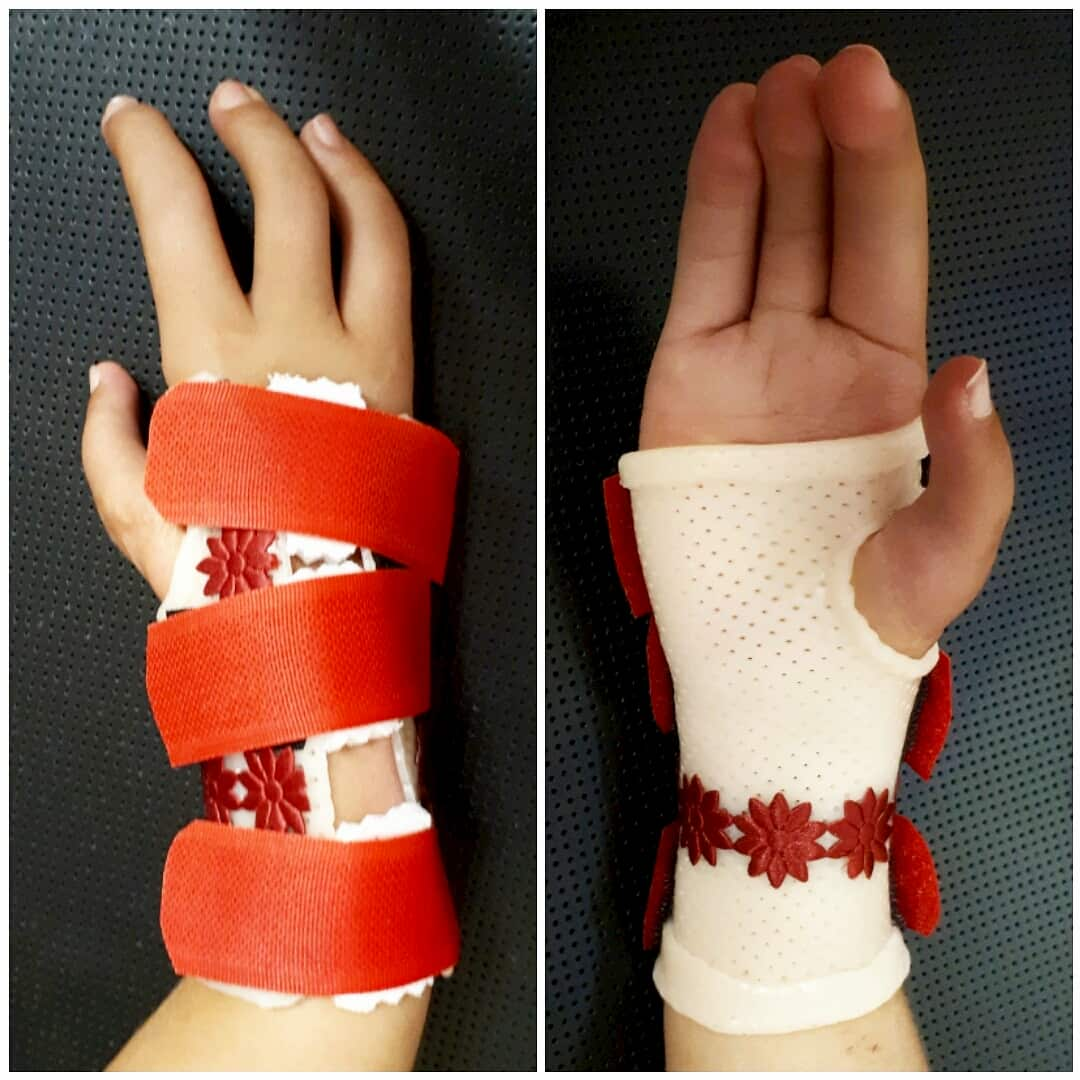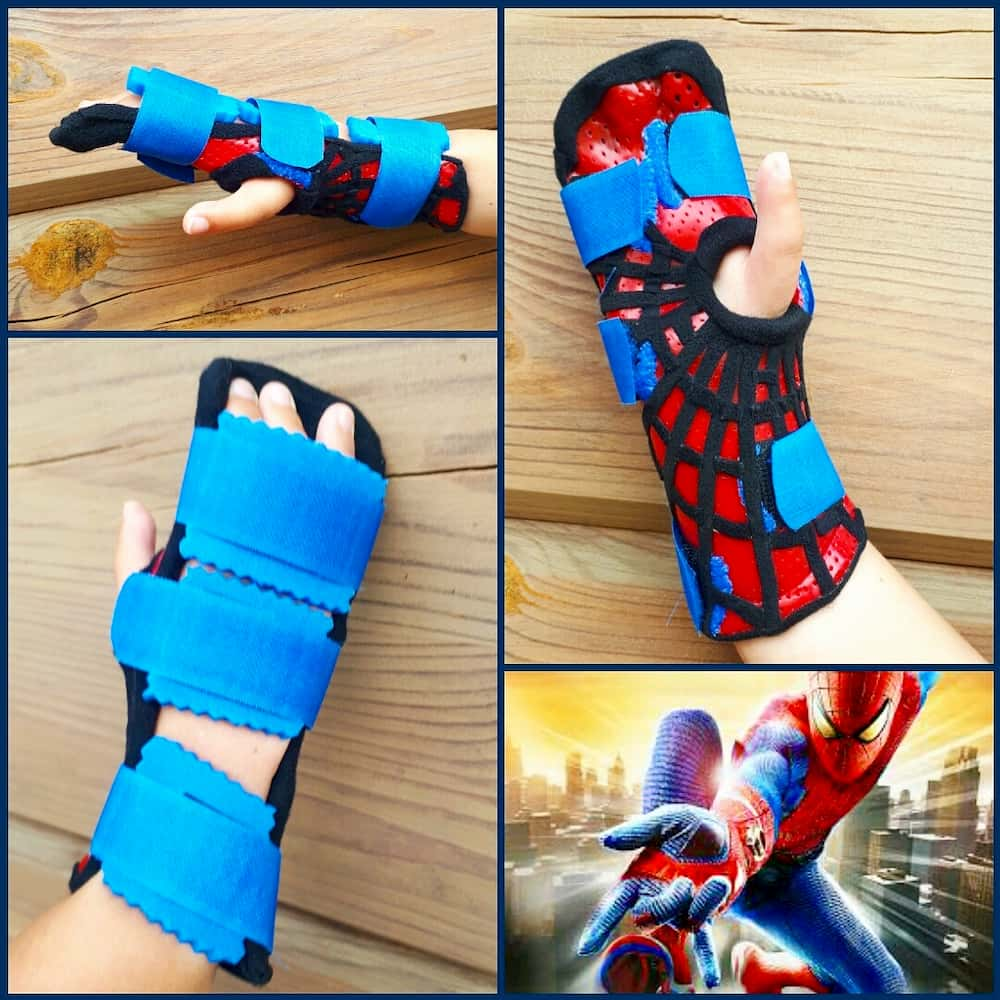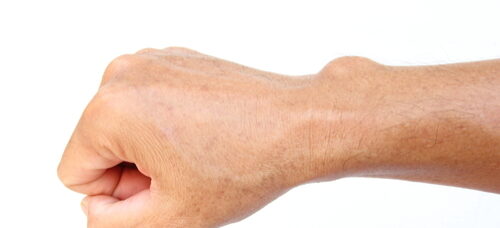
Orthotic Fabrication for Congenital Malformations
Characteristics and specifics of pediatric splinting
Orthotic fabrication can play a crucial role in the treatment of congenital malformations to the upper extremities.
In general, specific hand anomalies need early expert care to correct and/or prevent deformities, and allow for the development of independent hand function. Therapists play an important role in the evaluation and treatment, before, during and after, any surgical interventions that may be necessary.
Let’s have a look at the characteristics of pediatric splinting for congenital malformations.
In this blog post we’ll be covering:
Common congenital hand anomalies
Goals of orthotic fabrication for congenital malformations
Orthotic fabrication: differences between children and adults
Suitable splinting materials
Patient follow-up: how & what?
Tips for a more enjoyable fabrication process
.
Common congenital hand anomalies
Some of the more common congenital hand anomalies are:
- Radial Deficiency / Radial Club Hand
- Hypoplastic Thumb
- Congenital Trigger Finger
- Syndactyly
- Camptodactyly
- Clinodactyly
- Brachial Plexus Palsy
- Arthrogryposis
- Juvenile Idiopathic Arthritis
- Cerebral Palsy
- Triphalangeal thumb after pollicization early postop period.
- Conservative preop treatment of clubhand.
- Camptodactyly conservative treatment.
Orthotic interventions can provide a lot of benefits for these conditions.
On the one hand, orthoses can stretch the joints/soft tissue before surgery or protect the limbs after a surgical intervention. On the other hand, they can help prevent further deformity as well as enhance the child’s upper extremity function and skill development.
.
Goals of orthotic fabrication for congenital malformations
The goals of orthoses may include:
- Support for specific joints.
- Protection during healing after a surgical intervention.
- Positioning for improved function.
- Assistance to weaker muscles.
- Maintaining/gaining tissue length and joint alignment.
- Prevention of further deformity.
- Clubhand after radialization.
- Thumb hypoplasia after pollicization.
- Clubhand after centralization.
Orthoses can be fabricated for individual joints such as the elbow, forearm, wrist, hand, thumb and digits. Or they can include multiple joints.
Sometimes, a patient with multiple joint involvements may require a variety of orthoses. In that case, it will be helpful to use a creative schedule that allows for wearing each one at specific times.
.
Orthotic fabrication: differences between children and adults
Orthotic fabrication for a child will be different than for an adult:
- There is a difference in proportions between the palm and the length of fingers in a growing hand.
- Growing hands need regular orthotic adjustments and new orthoses to accommodate this growth.
- Parents, family members, and teachers may be responsible for the application and removal of the orthosis. They must understand the importance of the orthosis, wear and care schedule, and possible precautions.
- The orthoses should be geared towards helping the child develop functional movement patterns.
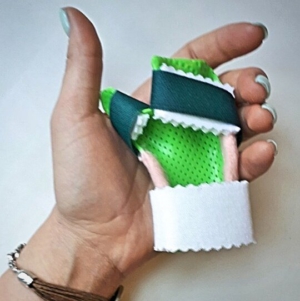
Resting orthosis.
Examples of orthoses include a dorsal wrist cock-up for a child with Cerebral Palsy, a web spacer for a child with Thumb Hypoplasia, or a circumferential wrist support for a child with Arthrogryposis.
.
Suitable splinting materials
When choosing a material for a child’s orthosis, incorporate the following elements:
- Visual appeal: Make sure it has some visually appealing elements, which will ensure better compliance during a tight wearing schedule.
- Good ventilation: Ensure that the selected material offers maximum comfort and skin tolerance during play and other meaningful activities.
- Lightweight: Choose lightweight materials so that the orthosis will not interfere with the child’s daily activities.
- Clubhand after centralization.
- Clubhand rest splint.
- Symbrahydactyly after thumb opposition.
Our material recommendations
Orfit Colors NS in 2.0 mm (1/12” ) comes in 9 bright colors, designed to appeal to everyone. Let each child pick their favorite color which may help to increase compliance with orthotic wear. You can also decorate with scraps of other colored materials.
Orfilight, Orfilight Atomic Blue NS, and Orfilight Black NS are lightweight materials, excellent for any body part. You can use them to create lightweight orthoses for small infants and toddlers. They are especially suitable for children with joint inflammation due to Juvenile Rheumatoid Arthritis or after surgeries involving the thumb (Hypoplasia) and fingers (Syndactyly release, Camptodactyly).
Orficast and Orficast More are ideal materials for the fabrication of small and larger orthoses for children. Due to the rapid setting time, a good fitting orthosis can be made in a minimum of time. The breathability of the textile-like structure allows for good transportation of sweat and moisture, thus preserving skin quality and worry-free wearing during play and physical activities.
Tip! Think about combining different materials in one orthosis. For example, combining the breathability of Orficast for a general circumferential wrist orthosis with a piece of Orfit Colors NS for increased stability.
.
Patient follow-up: how & what?
The below tips can help you in the follow-up of your patient:
- Assess the skin for redness and or pressure areas as young children may not be able to tell you exactly where the orthosis is too tight or uncomfortable.
- Arrange frequent follow-up appointments to ensure that the orthosis fits well and is fulfilling the designated goals.
- Write out the wearing instructions for the orthosis and make sure everyone understands its benefits and purpose.
- Observe the child in play to see that the orthosis does not totally limit independent function.
- Involve the parents and/or the caregivers in the process.
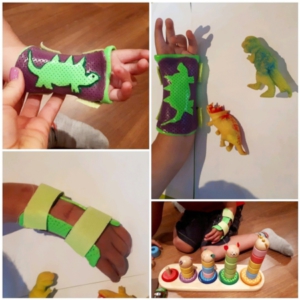
Clubhand after centralization.
.
Tips for a more enjoyable orthotic fabrication process
Here’s how you can make the orthotic fabrication process more enjoyable for your patient:
- Decorate the orthosis with beads or stickers. Or add (googly) eyes to create an animal or puppet friend.
- Create an orthosis for the child’s dolls or soft animals to make the procedure less frightening.
- Choose a quiet corner or space. Minimize distractions and noise.
- Play soft music if possible and speak in a calm manner.
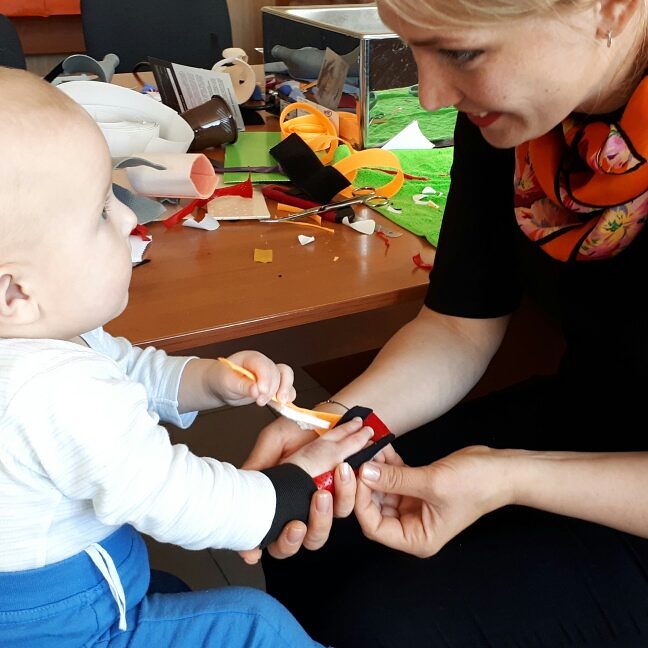
Orthosis to prevent scar flex contracture after removal syndactyly.
The images in this blog post were provided by Anna Ovsyannikova.
Download this blog post as a White Paper.
![]()

Written by Debby Schwartz, OTD, OTR/L, CHT
Physical Rehabilitation Product and Educational Specialist at Orfit Industries America.
Debby is a certified hand therapist with over 36 years of clinical experience. She completed her Doctorate of Occupational Therapy at Rocky Mountain University of Health Professions in 2010. She has worked at Orfit Industries America as Product and Educational Specialist since 2007.
Debby is also an adjunct professor at the Occupational Therapy Department of Touro University, School of Health Sciences, and at the Occupational Therapy Department at Yeshiva University, Katz School of Science and Health in NYC. She has written many book chapters in the field of hand therapy and multiple articles for hand therapy journals, including the ASHT Times and the Journal of Hand Therapy. She has published a new textbook on orthotic fabrication together with Dr. Katherine Schofield, entitled “Orthotic Design and Fabrication for the Upper Extremity: A Practical Guide”.
![]()
Contact us for more product information or find your local distributor here.
![]()
If you’d like to receive the latest product updates and interesting Orfit news, subscribe to our newsletter:

